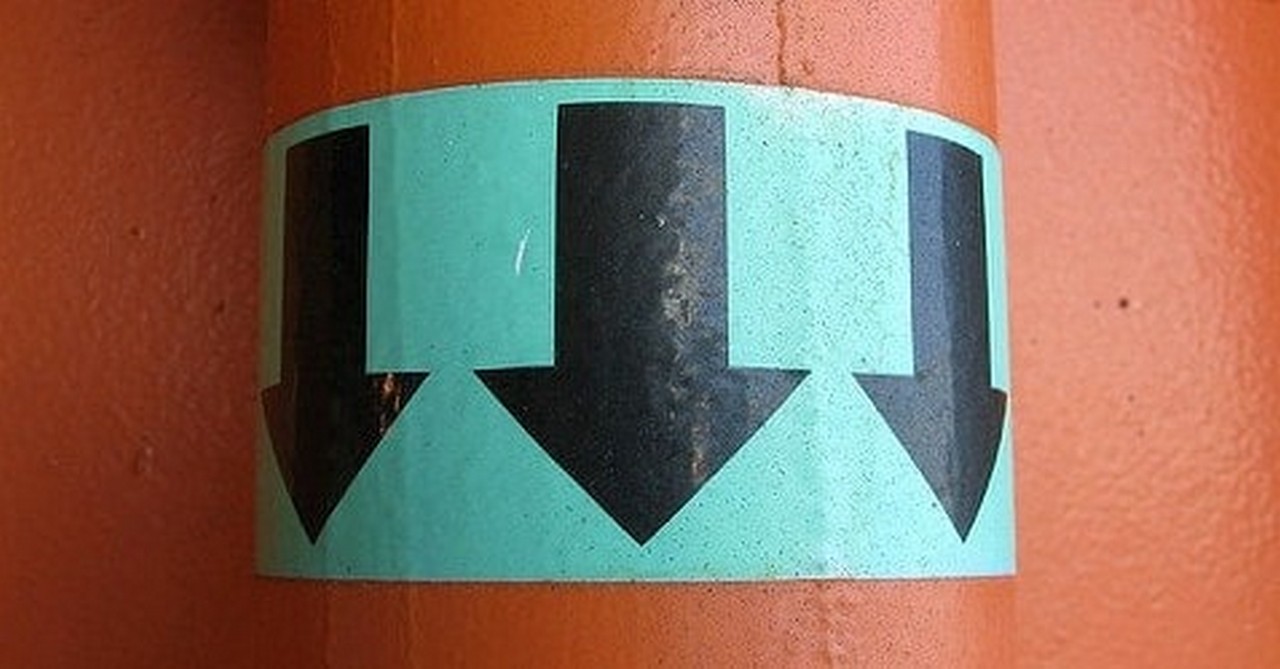Table of Contents
Down funds are falling because the housing market slows and competitors wanes.
A brand new report from Redfin revealed that the median down cost in January 2023 was 10%, down from 13.6% a yr earlier and nicely off the pandemic-era peak of 17.5% final Could.
They’re now just like ranges seen between 2015 and early 2021, earlier than the so-called pandemic residence shopping for growth.
Merely put, right now’s residence consumers don’t want to return in with a big down cost to jot down a profitable supply.
And consumers are capable of make the most of low-down cost choices like FHA loans and VA loans once more.
Median Down Cost Falls to $42,375 in January 2023
The median down cost by greenback quantity was $42,375 in January, a ten.3% decline from a yr in the past.
Driving the decline is an absence of bidding wars, much less competitors, greater borrowing prices (aka mortgage charges), and decrease residence costs.
Collectively, this has pushed down funds extra in keeping with ranges seen previous to the COVID-19-fueled purchaser’s market.
Because of a lot greater mortgage charges, residence costs have fallen again to earth. That decrease gross sales worth ends in a decrease down cost.
Dwelling consumers even have much less money to place down due to greater anticipated month-to-month housing prices.
And a few consumers are utilizing that cash to fund a mortgage price buydown, assuming the vendor or lender doesn’t cowl it.
We’ve additionally seen a giant bounce in FHA mortgage lending, which had sunk to round a ten% market share final summer time.
It has picked up tremendously as mortgage charges doubled, and now sits round 16%.
Using VA loans has additionally elevated, as much as 7.5% from 6.1% a yr earlier, with such loans rising to their highest degree in additional than two years.
Down Funds Highest in San Francisco, Lowest in Virginia Seashore
Whereas down funds fell nationally, there was fairly a little bit of divergence by metro.
Down funds had been highest in highest in San Francisco at a whopping 25%, whereas 20% down funds had been the norm in locations like New York, Los Angeles, Seattle, San Diego, Miami, and West Palm Seashore.
Conversely, down funds had been lowest in Virginia Seashore, VA, the place the everyday residence purchaser put down simply 1.8% of the acquisition worth.
The rationale down funds are so low there is because of a excessive focus of VA loans, which don’t require a down cost.
One other 5 metros had a 5% median down cost, together with Atlanta, Baltimore, Detroit, Pittsburgh, and Washington, D.C.
On a year-over-year foundation, down cost percentages elevated in simply two metros: Newark, New Jersey (12.5% to 19%) and San Francisco (23.3% to 25%).
In the meantime, they fell essentially the most in Sacramento (20% to 12.4%), Atlanta (10% to five%), and Orlando (15% to 10%).
All-Money Dwelling Gross sales Hit 9-12 months Excessive
Regardless of a drop in median down cost, all-cash residence gross sales hit their highest level in 9 years.
Per Redfin, virtually a 3rd (32.1%) of U.S. residence purchases had been mortgage-free in January, up from 29.7% a yr earlier.
This development can also be fairly straightforward to elucidate. These with the means are foregoing residence loans to keep away from taking up a considerably greater mortgage price.
As famous, 30-year fastened mortgage charges have greater than doubled since early 2022, rising from round 3% to 7%.
This has drastically decreased housing demand, or just put it out of attain for a lot of potential consumers.
However for these capable of pay in money, it’s attainable to snag an honest low cost with costs down by double-digits in some metros. And so they can accomplish that with out the same old competitors.
All-cash consumers had been additionally widespread in 2021 and early 2022. Nonetheless, again then money gives had been utilized to beat out different mortgage-reliant consumers in bidding wars.
Mortgage-free residence purchases had been commonest in West Palm Seashore (52.5%), Cleveland (51.5%), and Jacksonville (46.6%).
They had been the least widespread in metros like Oakland (13.9%), Seattle (19.7%), and Los Angeles (19.9%), the place all-cash can be a tall order.
The share of houses bought all-cash elevated essentially the most in Cleveland (17.2 pts.), Riverside, CA (14.8 pts.), and Baltimore (11 pts.).
The largest all-cash share declines had been seen in Atlanta (-10.7 pts.), Tampa (-4.5 pts.), and Charlotte (-4.3 pts.).



